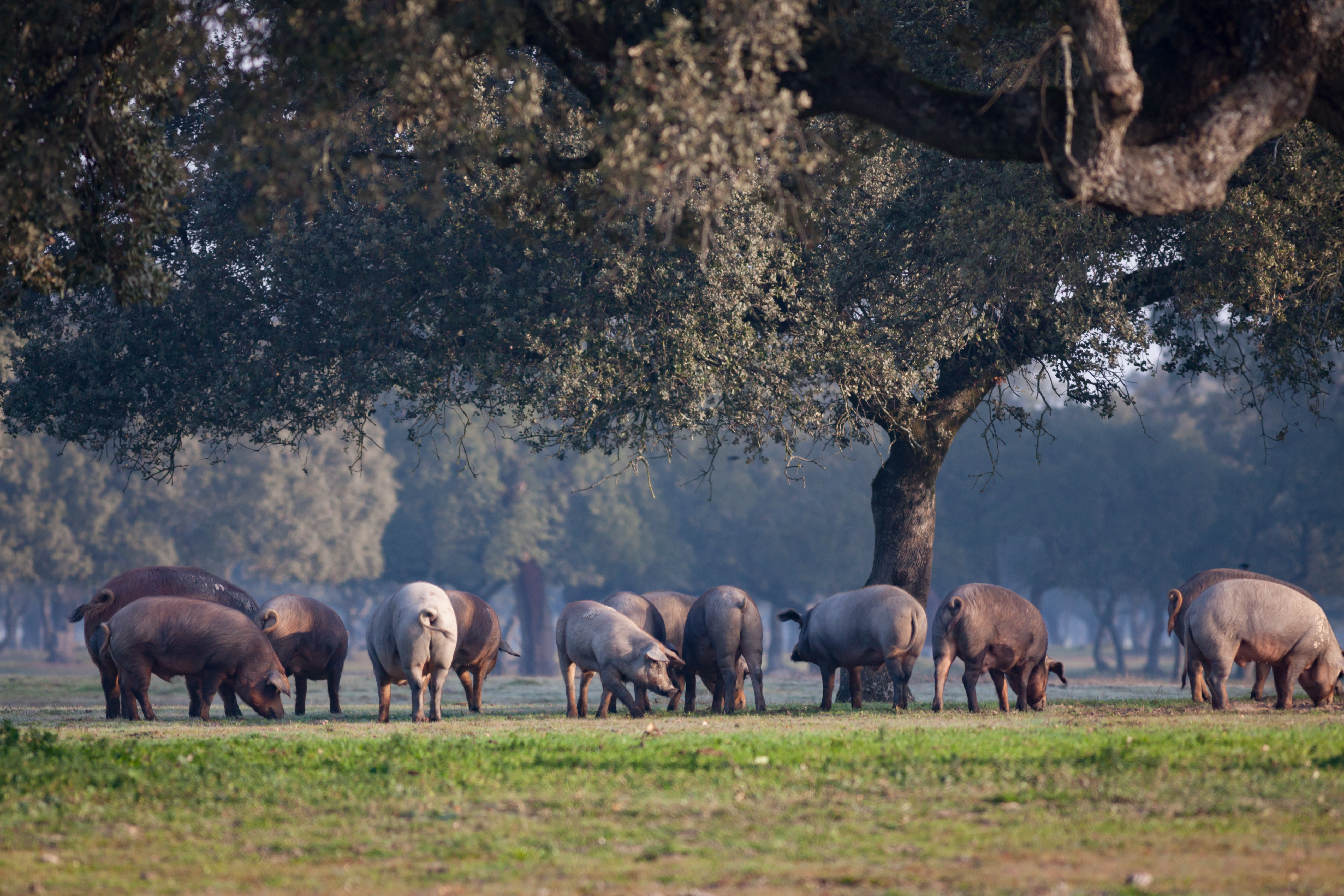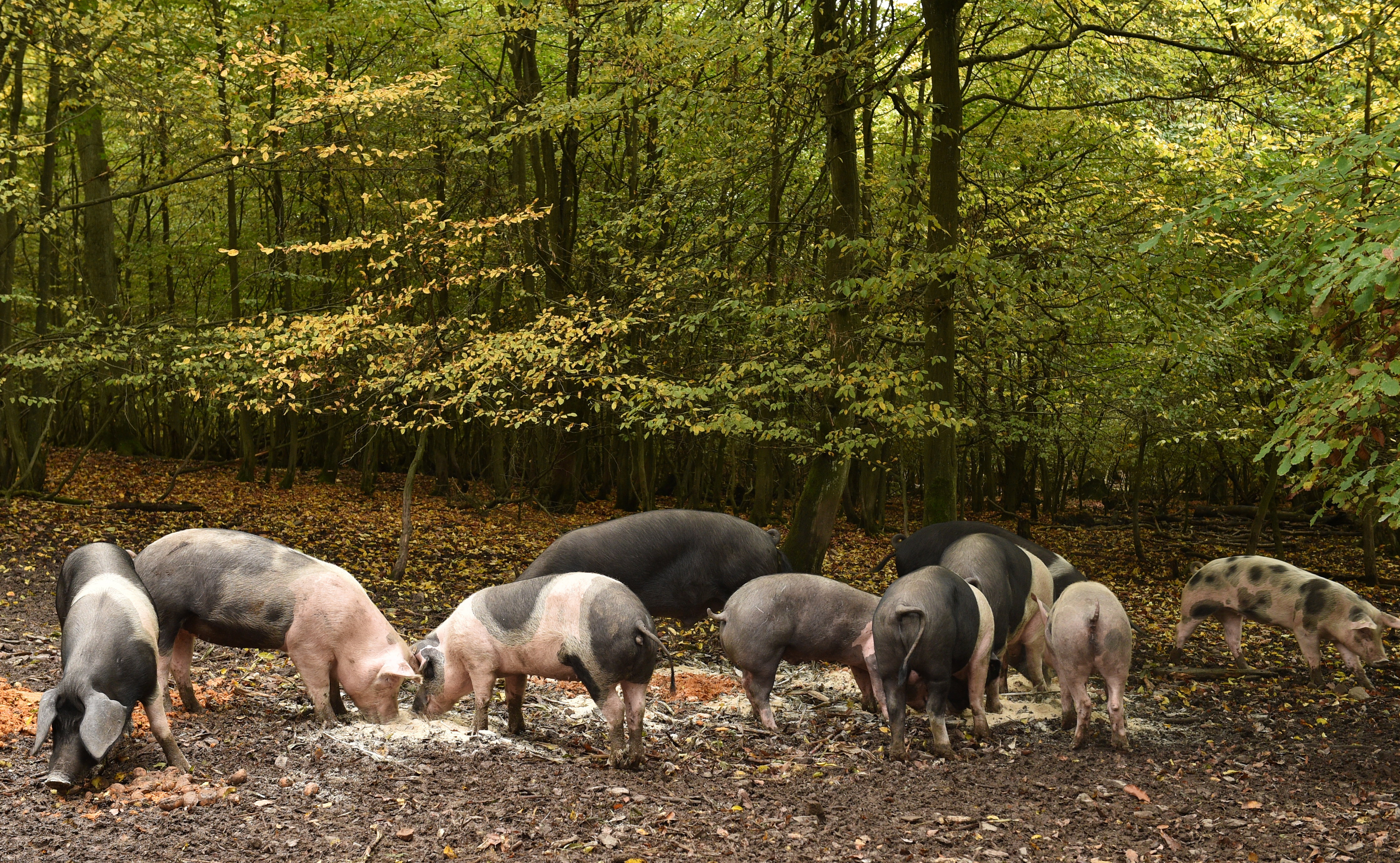



Regenerative farming – how farmers can make the transition
In this podcast, ffinlo Costain explores how farmers can embrace regenerative agriculture to ensure long-term productivity, profitability and ecosystem biodiversity.The FAI Farm Gate podcast is interviewing Clare Hill, farm manager at FAI Farms and Caroline Grindrod, regenerative farmer and consultant from Roots of Nature, to discuss their experiences with regenerative agriculture and its potential to make farming an environmental and economic boon in the coming decades.
Though FAI Farm in Oxford is already an organic livestock farm, they recently decided to transition their breeder/finisher operation to regenerative farming. Hill and her team made the decision after reviewing existing evidence on grazing practices and environmental sustainability. When thinking of her business strategy, She felt that developing the market and supply chain for regeneratively raised animals could counteract the current narrative of agriculture’s role in the climate crisis.
She began transitioning her ruminants off grain and onto FAI’s pastureland to get more savvy with grazing and soil management. She also wanted to improve her water infrastructure to make it more sustainable. Hill refers to the moves as an, “evolution”. These changes, and the growing salience of climate change, led her to embrace regenerative farming instead of remaining an organic operation.

What is regenerative farming?
According to Grindrod, there isn’t a single definition of regenerative farming. However, she stresses that the term shouldn’t be diluted or “green-washed” as it gains traction. When explaining regenerative agriculture to Costain, she cited the summary published on Wikipedia. That definition lists the priorities of regenerative agriculture: increasing biodiversity, improving soil quality, restoring watersheds and enhancing the ecosystem of the farm.
When explaining how she advises her clients, she says that a healthy ecosystem will also be a productive one. Regenerative farming requires the farmer to completely rethink their role in the ecosystem. Instead of the farmer acting as a “manager”, she tells farmers that they are in the ecosystem with their animals. By viewing the farm and surrounding ecology holistically, farmers will be better placed to sequester carbon, replenish the watershed and foster biodiversity.
Regenerative farming also takes a different view of daily farming practices. Instead of focusing on inputs and extracting profitable outputs, regenerative agriculture is more focused on fostering complexity in the surrounding environment. It isn’t about “damaging things less” while farming – Grindrod wants her clients to be at the “right end” of ecosystem management.

How do you implement it?
Holistic management – the framework Grindrod uses when transitioning farms to regenerative methods – involves looking at the farm context and surrounding environment. The goal for the farmer is to do the best they can with the farm they have. To begin, Grindrod evaluates the physical landscape of the farm and the ecosystem processes. This includes the water and mineral cycles. It also focuses on more nuanced indicators like community dynamics and energy flow.
Community dynamics is a way of indicating the level of complexity in the farm’s ecosystem. After initially evaluating the surrounding environment, Grindrod might consider introducing functional species to counteract issues that are emerging on farm. This could mean introducing pest-eating insects to reduce a farm’s reliance on pesticides or adding methanotrophs to the farm system to ensure wastes are broken down quickly.
Energy flow focuses on ways farmers can create or store energy on-farm. Grindrod might think of ways for farmers to sequester carbon in plant biomass or where to place solar panels to capture the most energy.
The holistic framework means that any regenerative steps are highly individualised and focused on long-term farm goals like improving soil quality or eliminating pesticide use. There’s also an emphasis on identifying root causes for using conventional farm inputs that can harm the environment – like fertiliser or medical treatments. The idea is that the decisions made within the framework will evaluate the welfare and health consequences of the animals, input costs, ecosystem costs and make sure solutions are economically feasible.
The farmers' take
Both Grindrod and Hill concede that changing farmers’ mindsets was one of the biggest obstacles to implementing regenerative agriculture. Farmers tend to be risk-averse and know the land very well – meaning that new methods can be met with resistance. Since regenerative solutions are farm-specific and not universal, Hill and Grindrod have had farmers immediately say, “you can’t do that on this farm” to many of their proposals.
As Hill was explaining her own transition from organic production to regenerative agriculture, she said that it requires the mentality of, “how can we do that on this farm?” as opposed to, “you can’t do that on this farm”.

Hill emphasised that her move wasn’t a formula that could easily adopted by all farms – the transition to regenerative agriculture is difficult to replicate on a wide scale. In addition, many of Hill’s steps didn’t work immediately out of the gate. It took time and investment to see the solutions work.
Another component of farmers’ mindsets that had to change was the perception that adopting regenerative techniques would lead to drops in yield or profitability. In Hill’s experience, this perception isn’t borne out by the facts. When discussing FAI Farm’s transition with Costain, she predicts that her profit margins will increase because she isn’t spending as much money on inputs and is saving time on her daily tasks.
Since making the transition, Hill isn’t spending as much on straw or silage and she doesn’t have to do as much tractor work (so less is spent on diesel). She is also saving money on overall running costs since she is using fewer machines. Treatment costs for the animals are down as well – meaning that fewer chemicals are being released in the ecosystem. For her farm, these benefits have made the regenerative investments worthwhile; she’s hoping to make further investments in the future.
Though FAI Farm is early in their regenerative journey, Grindrod is confident that it will become more successful over time. Her consultancy, Roots of Nature, has shown that regenerative farms can have high productivity measures while regenerating soil quality and the ecosystem. In her view, regeneration could be the key strategy for the agricultural sector to remain sustainable and resilient for the future.









